CHRIS CLIFFORD explores the publisher’s new work on USAF Wild Weasel F-4s.
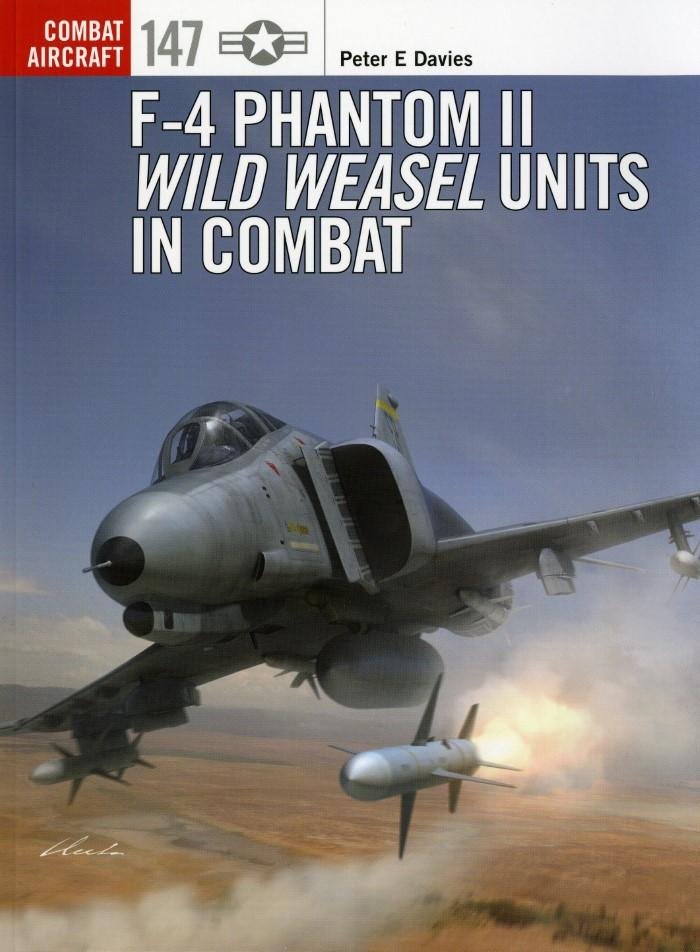
One of the most demanding roles for a ground-attack pilot is the suppression/destruction of enemy defences… so-called Iron Hand/Wild Weasel missions. This dedicated anti-radar work was executed by USAF aircrews during the Vietnam War in the F-100, then the F-105 before switching to the F-4 Phantom. US Navy pilots flew their own anti-radar missions in the A-4 and A-6.
When the then new role was first pitched to USAF aircrews – the dangers of flying towards enemy radar-guided missile sites being apparent – they responded immediately with the phrase “You gotta be sh****n’ me”. The earthy term stuck… and the YGBSM acronym still adorns F-16C Wild Weasel crew patches today.
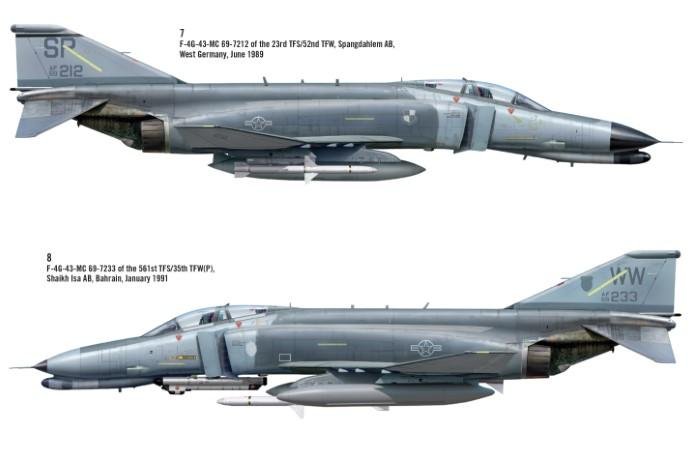
Aircrew in the USAF’s F-4 Phantom, initially at least, had a particularly frustrating time due to technical issues; the entire story is told with fulsome detail via Osprey Publishing’s new softback book, F-4 Phantom II Wild Weasel Units in Combat. Penned by Cold War/Vietnam War specialist Peter E Davies, the 98-page work details the entire USAF Wild Weasel programme, from its inception and early missions, to the role’s development and technological advances – culminating in Phantom terms with the F-4G.
Weasel genesis
Davies explains the urgent need for such a capability during the Vietnam War, when Soviet SA-2 Guideline surface-to-air (SAM) missiles were supplied to North Vietnamese forces and took a heavy toll on US combat aircraft. The book describes the pioneering work of the F-100F Super Sabre, which paved the way for an improved approach via the F-105F/G – which shunned the previous type’s rockets and cluster bomb units for AGM-45 Shrike and AGM-78 Standard missiles. Also covered is the various electronic locating and jamming equipment employed by both types.
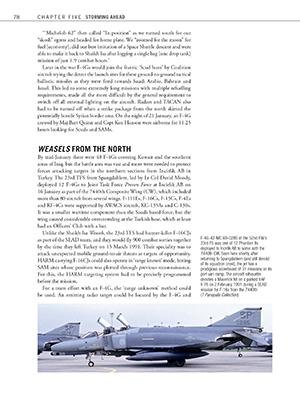
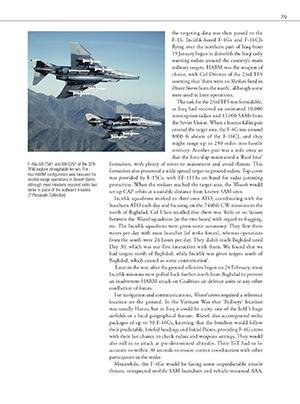
The author then moves into Phantom territory proper, with narrative on the next link in the Weasel chain, the F-4C. As explained in detail, this variant struggled to house the necessary electronic gear needed for the role, yet still made a reasonable account of itself. As it became clear the ‘C’ was not quite the right platform, USAF top brass pinpointed the F-4E as a successor, by removing its gun to allow for the vital Weasel ‘gubbins’. All this is explored in full, with aircrew personal accounts injecting extra life into the story throughout. The tale evolves when, much later, the F-4G was thrust into harm’s way again during 1991’s First Gulf War. Desert Storm Weasel activity looms large.
Read about Zoukei-Mura’s new 1/48 F-4G Phantom II
Modellers devoted to the Phantom have a splendid referenced here, which, besides offering all the fascinating technical background, provides a superb selection of photographs. These show the important structural additions of the Wild Weasel F-4C and F-4G, different colour schemes worn by the latter, plus weapons such as the aforementioned Shrike/Standard. But there’s also the successful AGM-88 High Speed Anti-Radiation Missile, AGM-45 Maverick and different electronic countermeasures pods such as the AN/ALQ-119, -131 and -184. Different unit tailcodes and other markings are also evident.
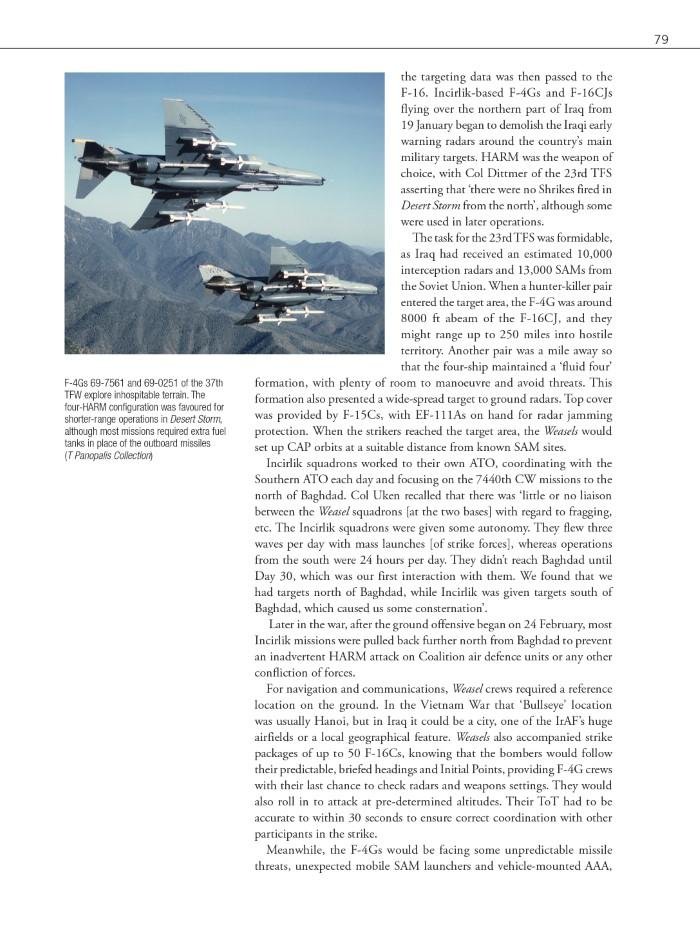
Just as useful are the 24 colour profiles of Wild Weasel machines; the first is an F-105F, followed by three F-4Cs – the remaining examples are all F-4Gs in South-East Asia, European I and Hill Gray II liveries (Federal Standard paint codes being quoted for the last two schemes in the profile texts).
No Phantom fan should miss this excellent book (available direct from Osprey and its stockists), which includes photos not seen in previous works on the subject. There’s a lot to enjoy for £16.99. Not good value?... YGBSM!
F-4 Phantom II Wild Weasel Units in Combat
By: Peter E Davies
Format: 249 x 186mm
ISBN: 978-1-4728-5456-8

